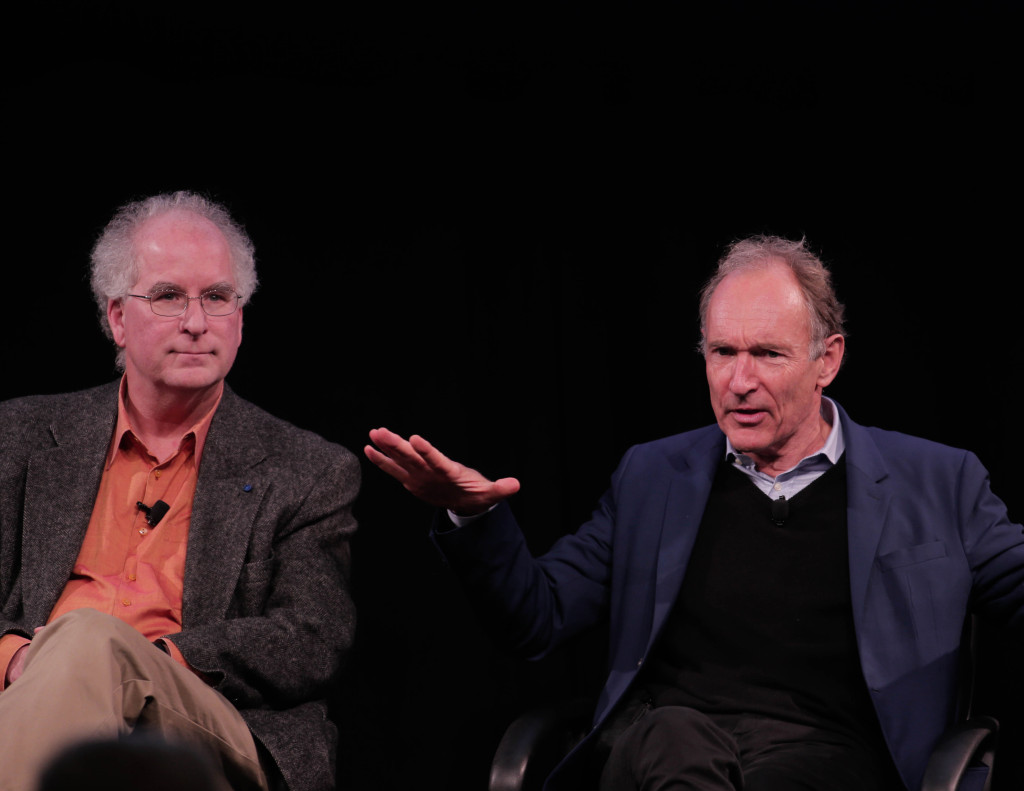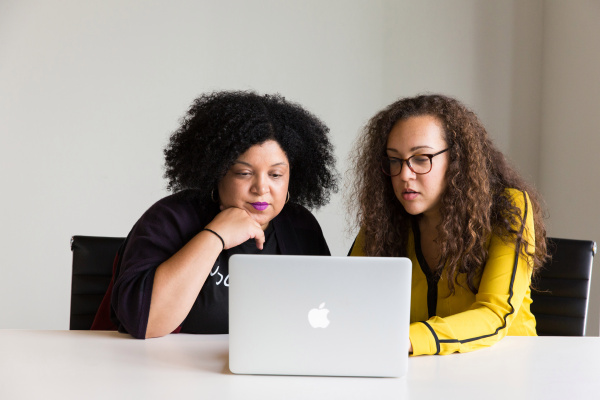MOUNTAIN VIEW — A who’s who of tech legends gathered Sunday to talk about the famous demonstration that 50 years ago inspired the personal computing revolution.
But as they gave a nod to the past and to Doug Engelbart, who helped usher in the future, the technologists at the Computer History Museum said the late computer scientist’s vision is far from realized.
Andy van Dam, who was in the audience during Engelbart’s “mother of all demos” on Dec. 9, 1968, and eventually helped develop the first hypertext editing system, counts himself among the computer scientists who think the “revolution is unfinished.
“What we have today is silos — applications that don’t integrate,” van Dam said, noting that the NLS (oN-Line Systems) computer Engelbart showed off half a century ago was an all-in-one system. “We’ve made a lot of progress but we’ve lost a lot.”
Discussing on stage Engelbart’s 1962 paper that preceded his famous demo, Gardner Campbell, associate professor of English at Virginia Commonwealth University, was more acerbic.
Engelbart’s paper was titled “Augmenting Human Intellect: A Conceptual Framework,” which summarized what he worked on all his life — finding ways to solve problems by thinking deeply about how to use collective intelligence to do so.
“‘Move fast and break things’ is not a conceptual framework,” Campbell said, referring to the motto associated with tech giant Facebook.
Facebook and other social networks are getting more flak for the spread of misinformation and more, but tech pioneers have hope.
Tim Berners-Lee, creator/critic of the World Wide Web, said he has told people to ignore the bad content on the web. But he lamented that “there’s a percentage of humanity that does read it, and the problem with that is that they vote.”
Still, he essentially suggested a do-over, a world in which people own their data: “We can design social networks to be constructive.”
Computer scientist Wendy Hall, who co-founded the Web Science Research Initiative with Berners-Lee, said “If I could wave a magic wand, I would like to create a world where everybody is a good citizen online.”
Brewster Kahle, who among other things is famous for founding the Internet Archive, plus Alexa, which Amazon later bought, was on the same panel as Berners-Lee.
“Can we make new apps that aren’t creepy?” Kahle asked, noting that his son told him all the “cool new apps” are “creepy.”
“I think we can build technologies that pass the smell test,” Kahle said.
Members of Engelbart’s team at the Augmentation Research Center of the Stanford Research Institute, where he worked in 1968 during the time of his “mother of all demos” in San Francisco, also got their turn in the spotlight. Later during the event, internet pioneer Vint Cerf referred to them as “like artists who had found new palettes.”
Martin Hardy, lead technician for the NLS system, talked about what went on behind the scenes and presented a few slides — consisting of photos and a hand-drawn diagram that attempted to show how complicated it was to pull off the demo during a time when personal computing had not yet been invented, and the internet had not been introduced to the masses.
“Somehow it all worked,” said Hardy, eliciting some laughs from some of the estimated 300 people in attendance. “Which was quite phenomenal.”
Engelbart’s daughter, Christina Engelbart, talked about her dad’s legacy and his desire to make the world a better place by combining technological tools with human intellect: “What he was prototyping was the organization of the future.” That’s what he considered his greatest invention, she said.
As the world’s problems grow and become more complicated, “organizations need to be changing more than ever before,” she said.










